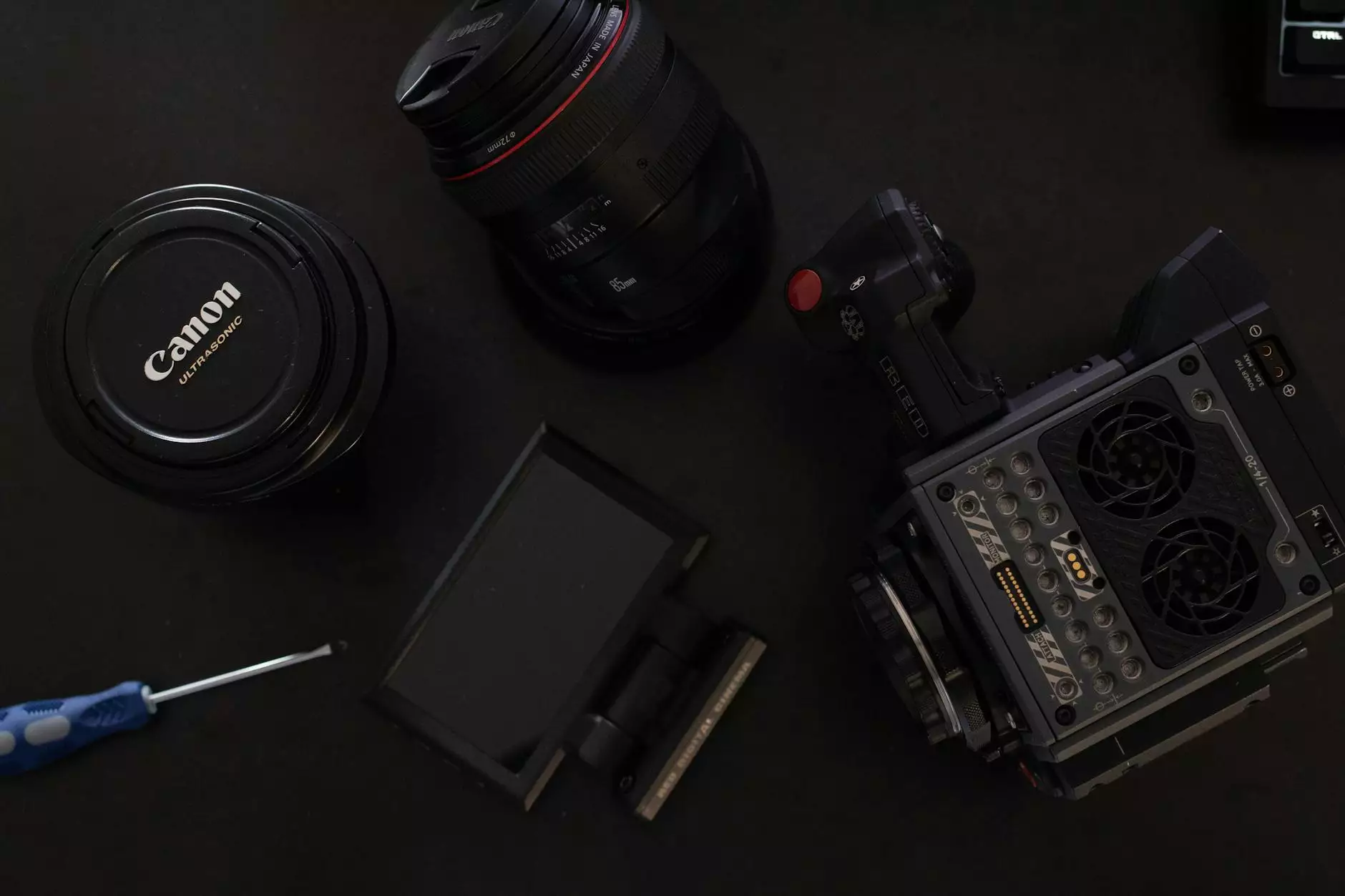Flash Drives vs. SD Cards: A Detailed Comparison
Marketing
Introduction
As technology advances, the need for portable data storage solutions has become increasingly important. Two popular options in this category are flash drives and SD cards. In this detailed comparison, we will explore the differences between these two storage devices to help you make an informed decision based on your specific needs and requirements.
Flash Drives
A flash drive, also known as a USB drive or pen drive, is a small, portable device that uses flash memory to store data. It is typically plugged into a USB port on a computer or other compatible devices. Flash drives come in various storage capacities, ranging from a few gigabytes to several terabytes.
SD Cards
On the other hand, an SD card stands for Secure Digital card and is a type of memory card commonly used in digital cameras, smartphones, and other portable devices. SD cards are available in different sizes and formats, such as standard SD, microSD, and miniSD, with varying storage capacities.
Features and Benefits
When comparing flash drives and SD cards, it is essential to consider their features and benefits to determine which option best suits your needs. Here are some key points to consider:
- Storage Capacity: Flash drives generally offer higher storage capacities compared to most SD cards, making them ideal for transferring large files or backing up data.
- Portability: Both flash drives and SD cards are compact and easy to carry, making them convenient for on-the-go storage needs.
- Compatibility: Flash drives are compatible with a wide range of devices that have USB ports, while SD cards are more commonly used with devices equipped with SD card slots.
- Speed: Flash drives tend to have faster read and write speeds than most SD cards, making them suitable for tasks that require quick data transfer.
Use Cases
Depending on your specific usage scenario, you may find that one storage option is more suitable than the other:
Flash Drives:
Flash drives are excellent for storing and transferring large files, such as videos, high-resolution images, and software applications. They are commonly used for data backup, file sharing, and running portable applications.
SD Cards:
SD cards are often used in digital cameras, smartphones, and other mobile devices to expand storage capacity for photos, videos, and other media files. They are also popular for storing music and games on portable gaming consoles.
Conclusion
In conclusion, both flash drives and SD cards are versatile storage solutions that offer unique features and benefits. Understanding the differences between these two options can help you choose the right device based on your storage needs and usage requirements.
Whether you opt for a flash drive or an SD card, both devices offer reliable and convenient storage solutions for various applications. Consider factors such as storage capacity, speed, and compatibility when making your decision.
At Magna Social Media, we hope this comparison guide has helped shed light on the differences between flash drives and SD cards, allowing you to make an informed choice that meets your data storage needs.



